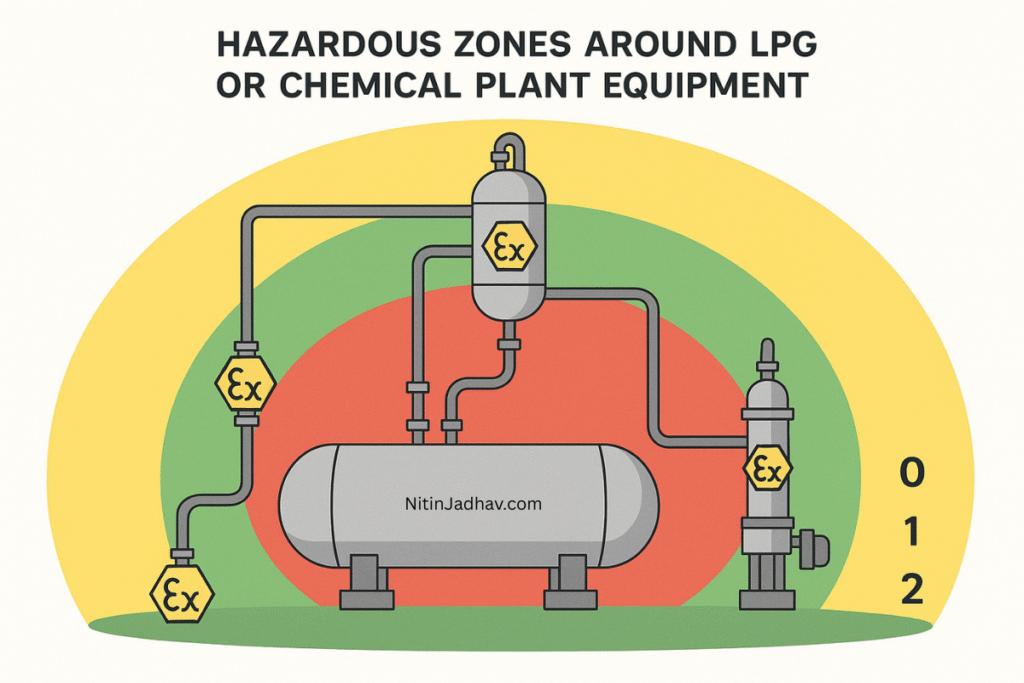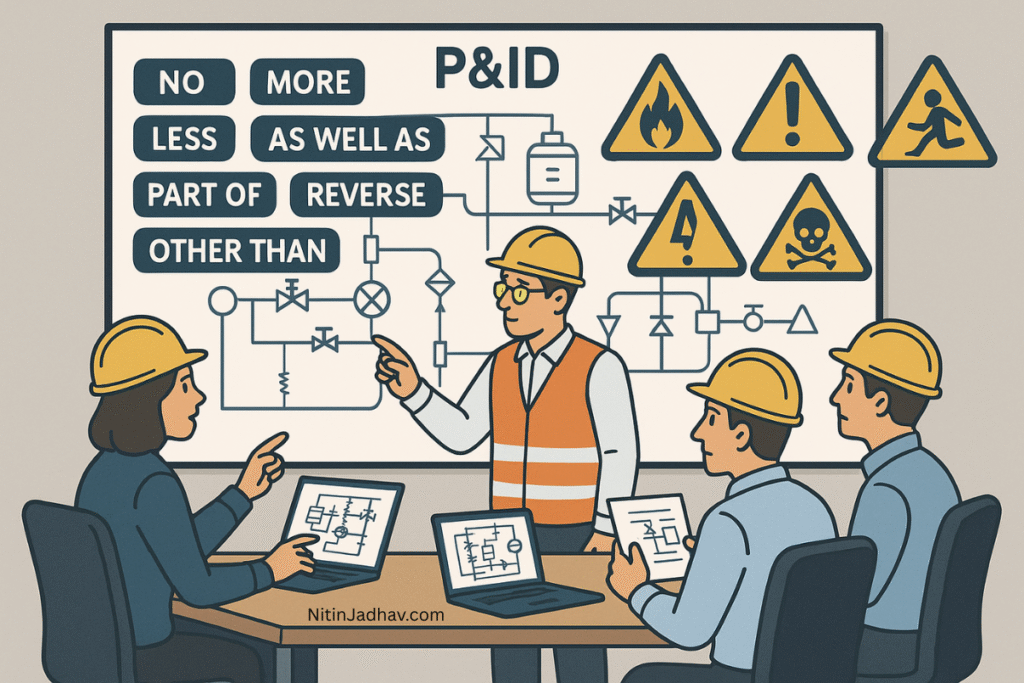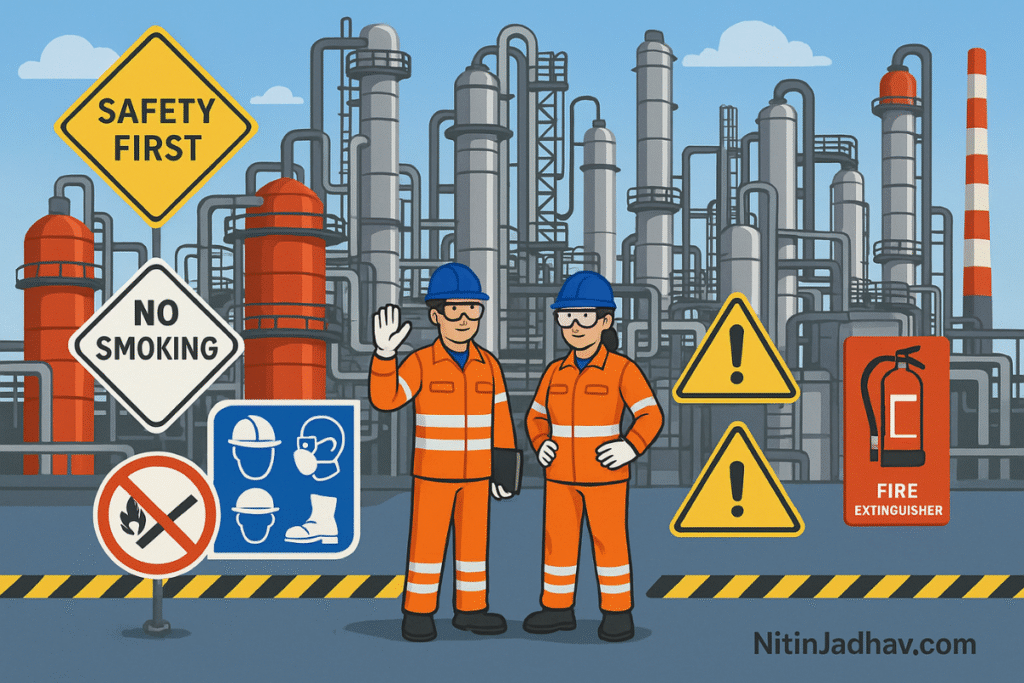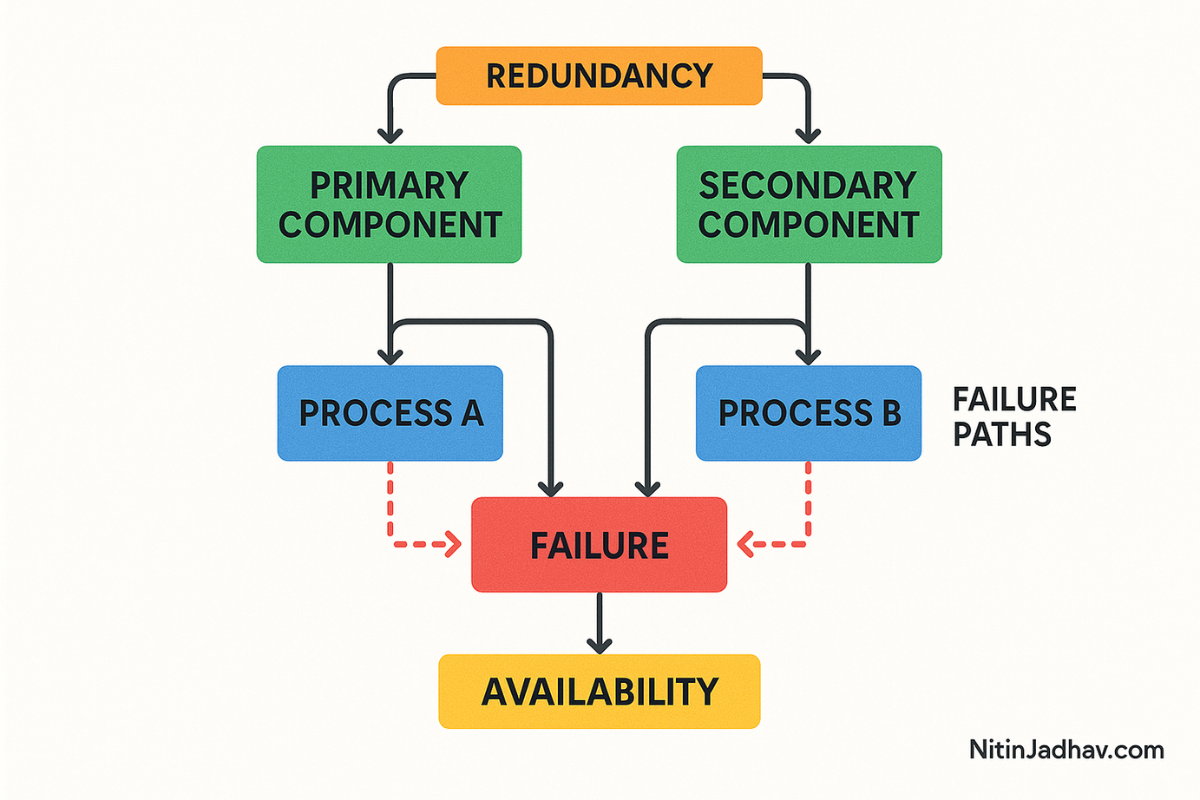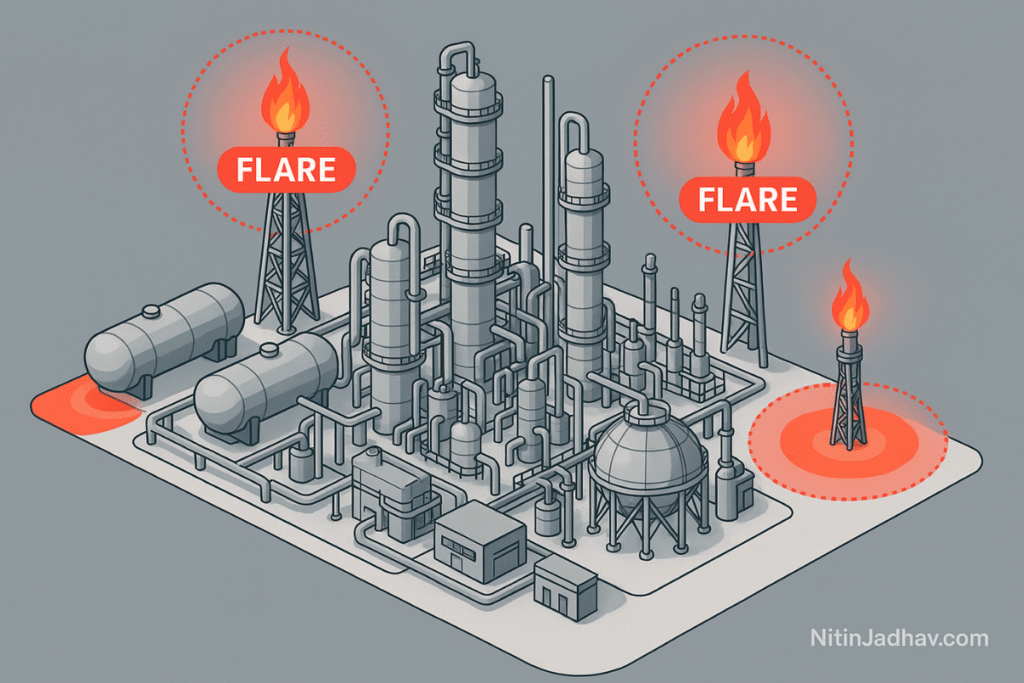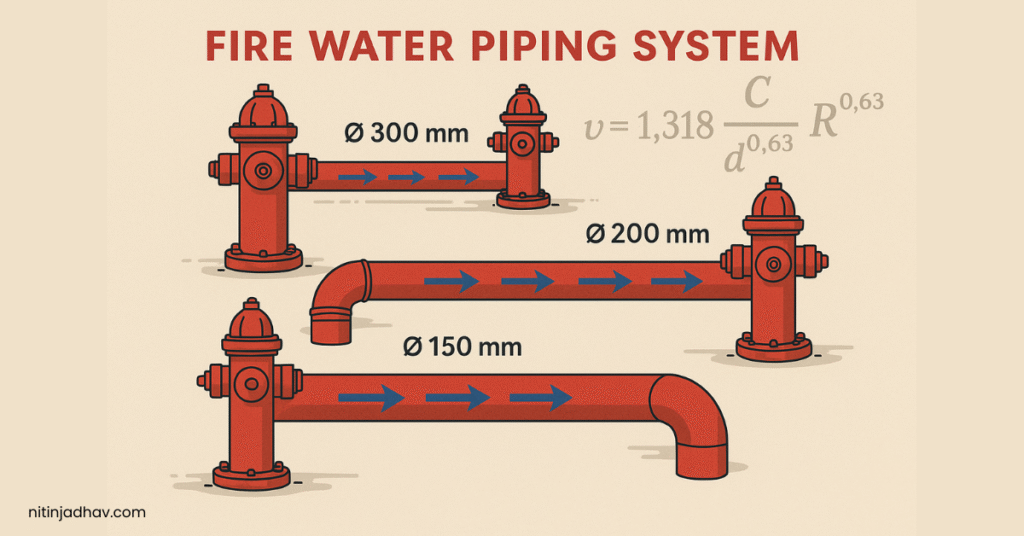Engineering
The Engineering category on NitinJadhav.com offers a comprehensive hub of technical knowledge, practical tools, and expert insights tailored for engineers working across process design, safety, instrumentation, mechanical, civil, and electrical disciplines.
From chemical process calculations and fluid mechanics to equipment sizing, control philosophies, piping layouts, and utility design, this section is designed to support engineers at every level—whether you’re a graduate engineer, project engineer, or seasoned consultant in an EPC environment.
You’ll find detailed engineering guides, step-by-step tutorials, downloadable Excel tools, industry-standard calculations, and regulatory compliance references that align with ASME, API, IS, OISD, ANSI, IEC, and NFPA standards.
This category also covers cross-functional topics like interdisciplinary coordination, engineering deliverables, project execution workflows, and design reviews, making it a valuable knowledge base for anyone working on FEED, detailed design, and commissioning phases of industrial projects.
Whether you’re designing a plant, validating process data, or optimizing safety margins, the Engineering section on NitinJadhav.com is your trusted companion for real-world, industry-relevant engineering excellence.
